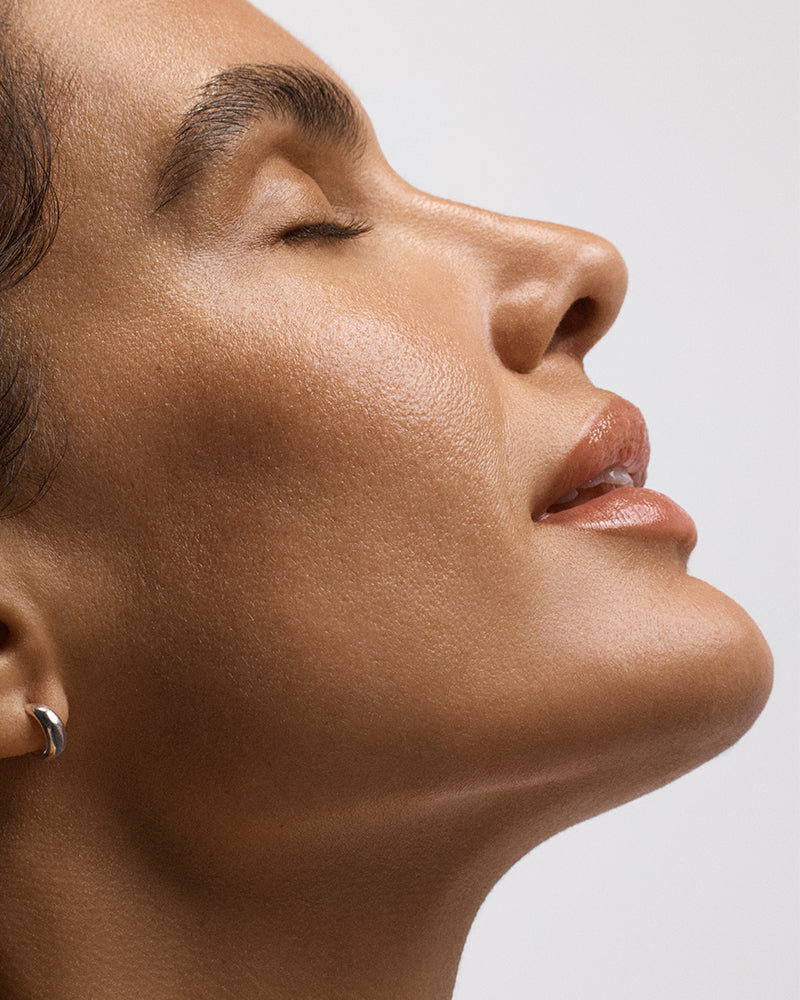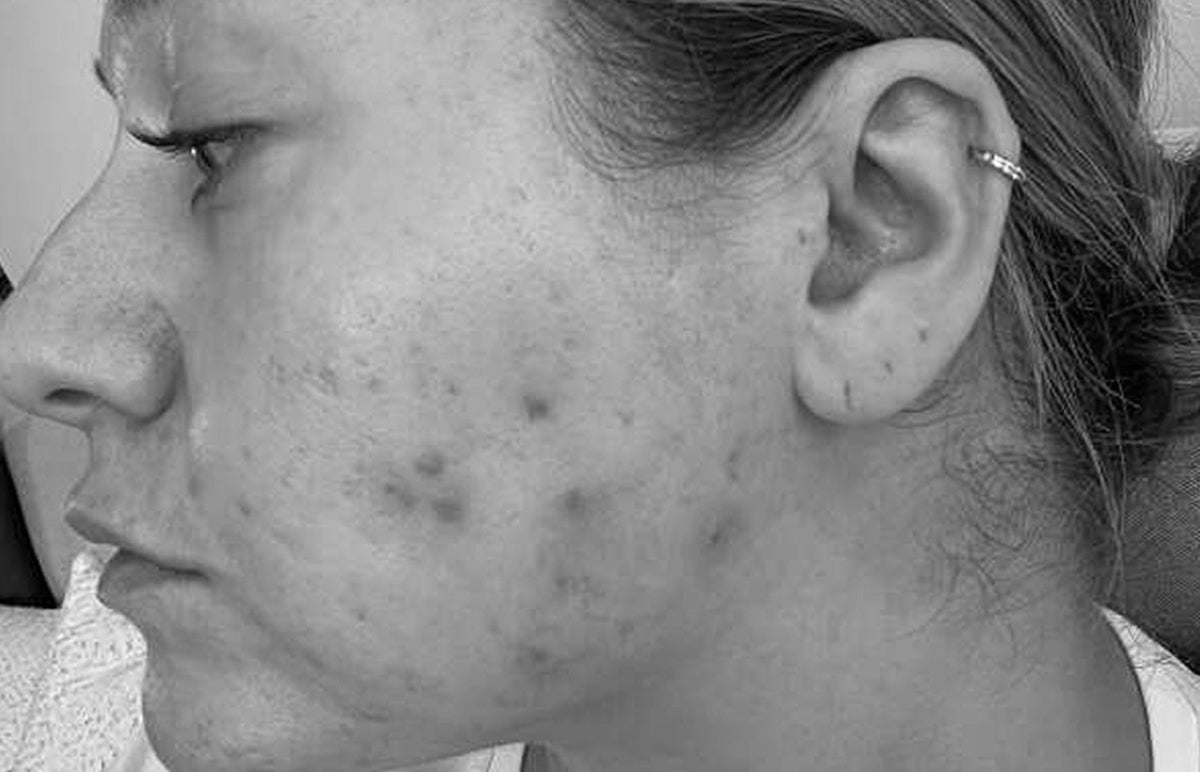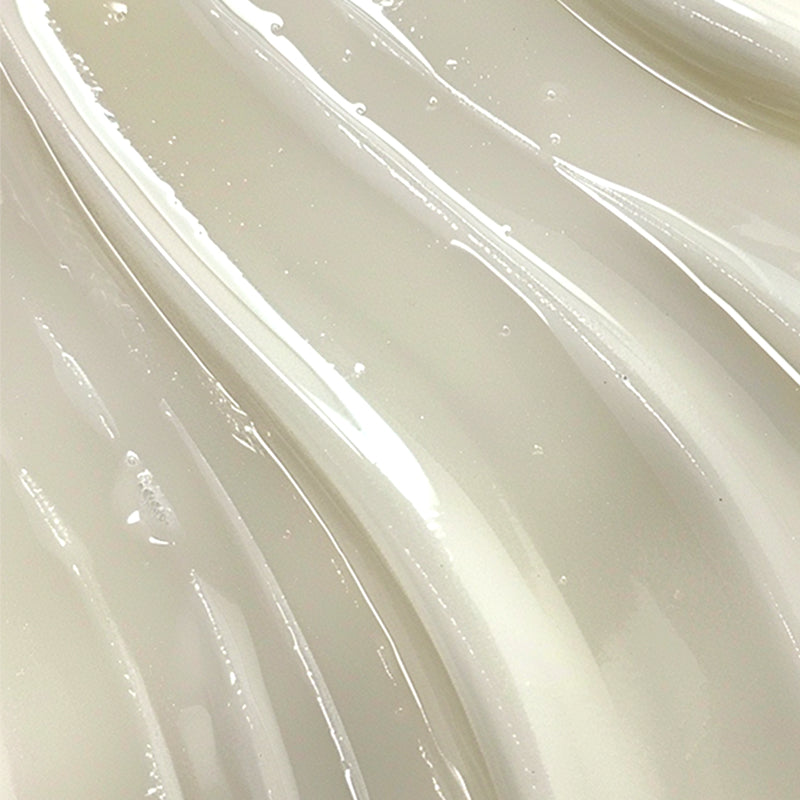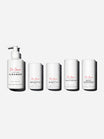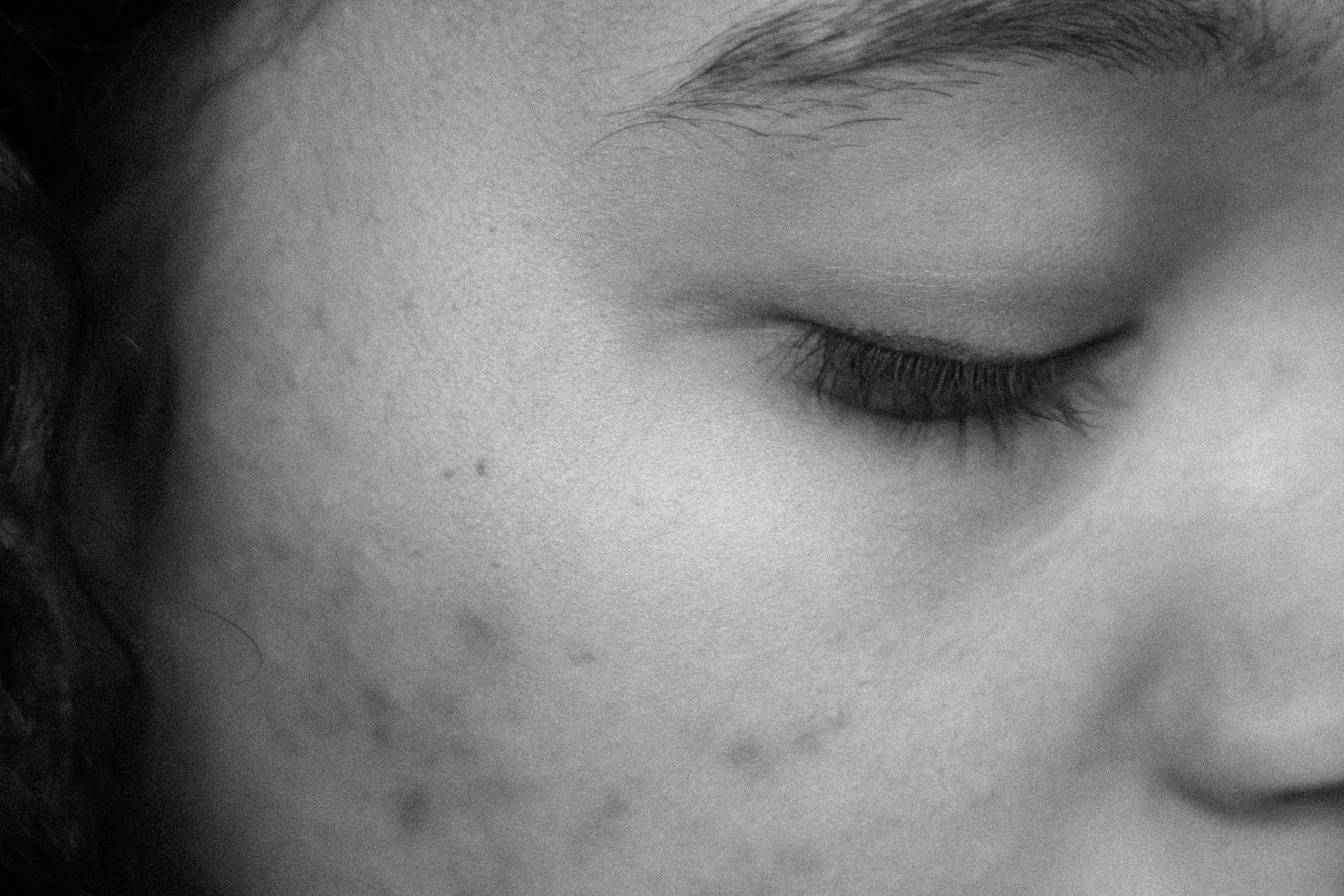When dealing with acne, tackling the blemishes themselves is often only half of the battle. After the breakouts, over two-thirds of people will suffer from pesky pigmentation that can linger for months and can cause as much anxiety as the acne itself.
Treating post-inflammatory hyperpigmentation in association with acne should be centred on control and management. With breakouts, having a long-term approach is key as these concerns don’t tend to come and go - they often come and linger! If you always have the mindset that you're managing breakout-prone skin, having an ongoing strategy to help prevent and treat further pigmentation down the line will give you better results in the future.
What causes post-inflammatory pigmentation after acne?
When you have an area of inflammation in the skin such as a blemish, eczema or psoriasis, the inflammatory process irritates our melanocytes, which are the pigment-making cells in the skin, and will make the affected area darker. How it looks depends on your skin tone. In people of colour, post-inflammatory pigmentation will look brown or grey in colour, whereas in fairer skin, it looks red. The marks left behind are the visible footprint tracing the sites where inflammation has occurred.
Once blemishes start to reduce in frequency, post-inflammatory hyperpigmentation becomes more visible so it often feels like you’re swapping one problem for another. However, that visible progression is actually the perfect time to start a focused approach to tackle ongoing inflammation and excess melanin leading to an even skin tone, allowing you to regain control of your skin.
Hands Off!
One of the biggest causes of significant post-inflammatory hyperpigmentation is scratching, picking, squeezing - basically, ANY self-intervention with your spots! An increase in trauma-induced inflammation will lead to more dark marks so it’s crucial to keep fingers away from blemishes, no matter how tempting!
Wear Your Sunscreen
Daily sun protection is an essential requirement when treating post-inflammatory pigmentation as any dark marks will darken further when exposed to UVA and UVB rays. In fact, sunscreen alone helps improve the appearance of PIH. And of course, it’s likely you’ll be using retinoids as part of your acne strategy so sunscreen is non-negotiable.
The key is to find an SPF that you're happy using every single day - one that suits your skin type, doesn't leave a cast behind and doesn't clog your pores. Opt for our Flawless Daily Sunscreen SPF50 which is non-comedogenic and contains niacinamide which actually helps calm breakouts, so no need to worry that your sunscreen is making your acne worse.
Treat Active Inflammation First
When tackling post-inflammatory pigmentation, it’s important to understand that it isn’t truly “post” as there is ongoing inflammation happening even when the blemish has flattened completely. This means you need to keep treatment going to prevent worsening pigmentation. Tackle active inflammation with a retinoid at night and an anti-inflammatory, such as salicylic acid in the day. My top pick is our best-selling Flawless Neutralising Gel which is a triple threat against inflamed breakouts with a skin-smoothing finish that is perfect for the daytime.
What Are The Best Ingredients To Treat Post-Inflammatory Hyperpigmentation?
When tackling excess melanin in the skin, azelaic acid is a fantastic ingredient that can comprehensively treat all the ways in which the skin can be affected after you've had a blemish. It’s anti-inflammatory and unclogs pores, helping reduce the risk of acne relapse. BUT, it’s also a potent pigment suppressor - this is why I often call azelaic acid my “acid with extra” as it has powerful multifunctional benefits but is gentle enough to be tolerated by most people and it’s safe for use in pregnancy and lactation. Its versatility and efficacy are the reasons I made it a cornerstone ingredient in my Dr Sam’s Flawless serums.
Other ingredients which help improve skin tone after an acne outbreak include niacinamide, vitamin C and alpha-hydroxy acids. On the whole, my preference is to use ingredients that help with your acne management as much as possible, creating an easy to follow strategy that you can use long term.
Ultimately, when treating hyperpigmentation, less risk equates to fewer surprises, particularly in skin of colour which is more susceptible to further hyperpigmentation. My preference is a gradual, slow and steady approach as it's safer and gives you more control. The good news is that with patience and a considered plan, you can make a huge difference to both your acne and its pigmentation hangover!


